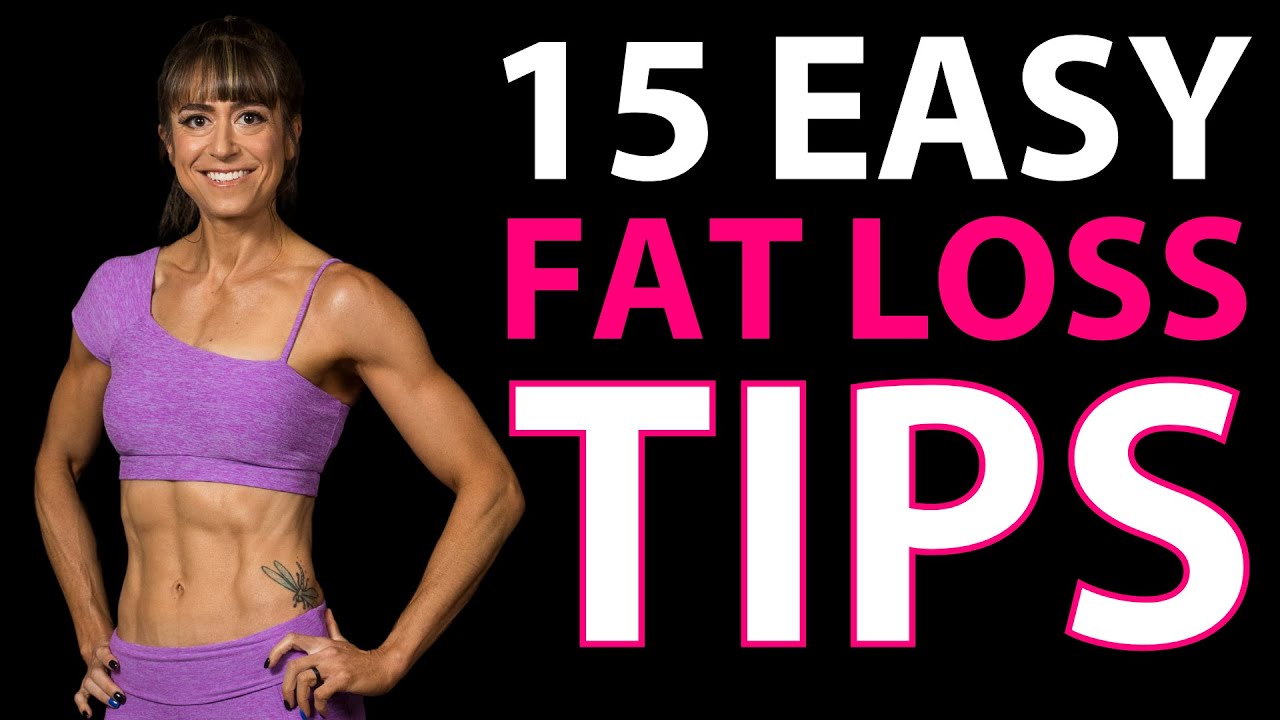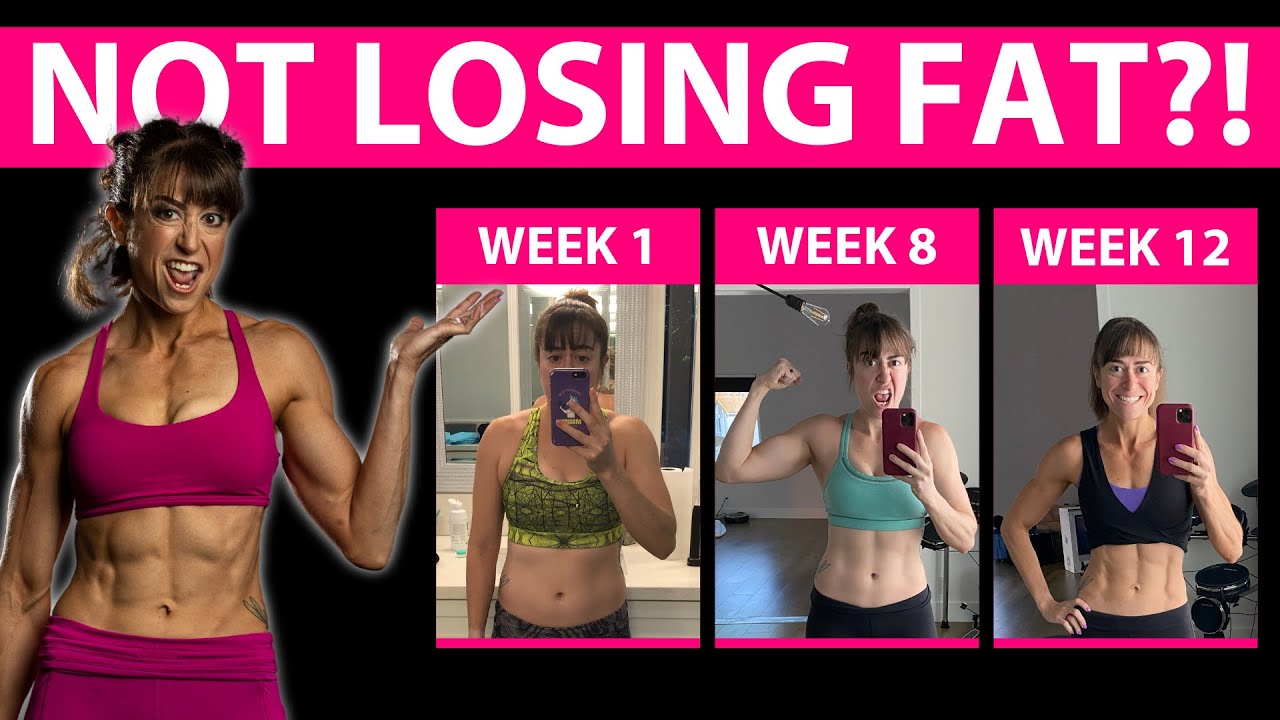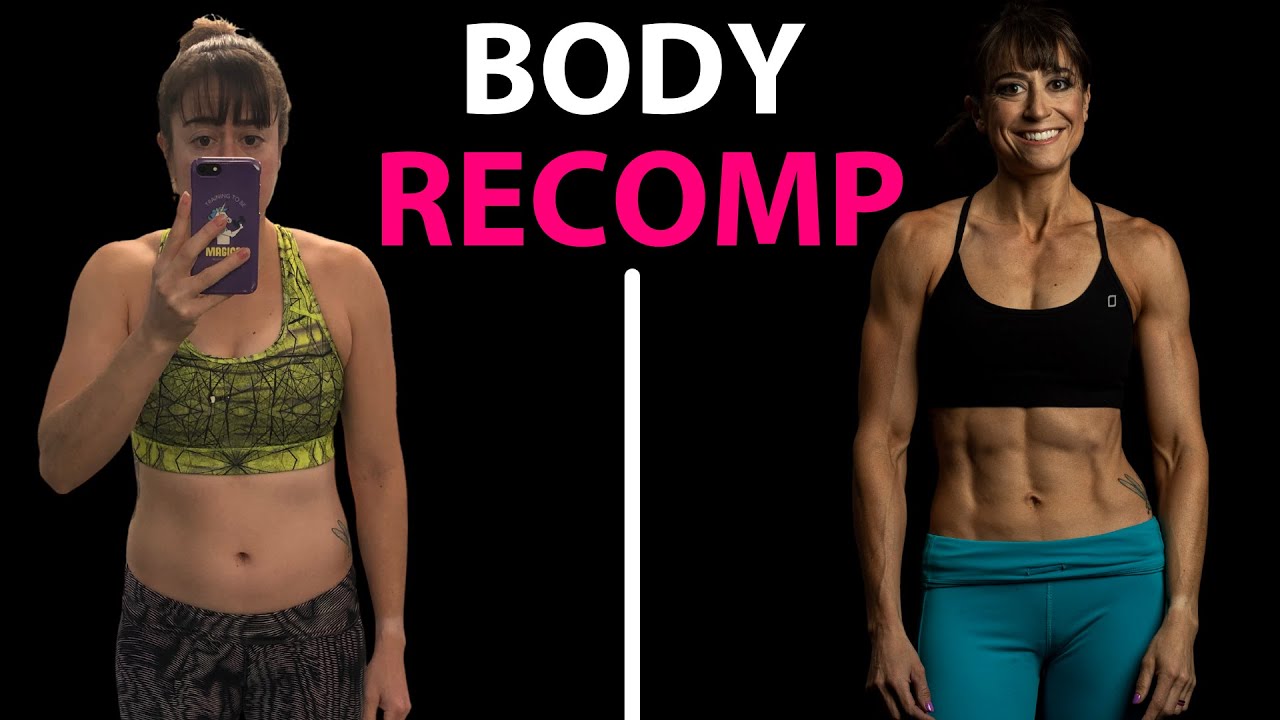
The Muscle Gaining Mistake EVERYONE Makes (And What To Do Instead)
You’ve lost the weight you wanted to lose. But now, you want to gain a bit more muscle while maintaining your fat loss.
You’ve got your workouts all set, you’ve adjusted your macros, you’ve increased your calories…
You’re feeling good.
You’ve felt yourself even starting to get stronger this first week.
Then…you step on the scale.
DUN DUN DUUUUUN…
You’ve gained weight!
You feel yourself starting to freak out and you want to instantly slash your calories and change everything.
But DON’T!
You’ll only sabotage yourself.
This is why it may be key you STOP weighing yourself if you want to focus on building muscle.
Back Away From The Scale:
When you’ve worked hard to get leaner, to lose weight, it can be a mental battle to see that scale start to go the other direction.
But it most likely will.
This isn’t even due to pounds of muscle piling on OR fat immediately being gained.
Changes simply don’t happen overnight.
And especially the more training experience you have, the slower you’re going to pack on those muscle pounds!
Often this scale fluctuation up at the start of your muscle gaining phase is simply due to you coming out of a deficit and even increasing your carb intake.
Full glycogen stores mean also water weight being gained.
And this will cause a quick increase on the scale.
With every gram of glycogen stored comes 3-4grams of water weight.
Basically this means when you CUT carbs, you can deplete your glycogen stores to lose up to 6.6lbs or about 3kg pretty instantly.
And you can also GAIN as much just as quickly.
Not to mention with the hard training sessions, you may find that inflammation within your body increases – again leading to weight gain.
So if you want to truly focus on building muscle, you need to put away your scale for a bit.
Not to mention, you may want to even consider a slight diet break after a fat loss phase to really create that new set point and have your body fully adapt to your new leanness level so you feel more confident in maintaining your results before you move into that muscle building phase.
So…If You Can’t Use The Scale, How Can You Make Sure It’s Muscle And Not Fat?
When your focus shifts to building muscle, you want to have ways of actually measuring how much muscle you’re building.
The hard part about measuring body comp is, many more accurate tests aren’t easily available and are super expensive making it harder to do consistently OR they are less accurate home handheld devices super impacted by hydration levels even.
Every tool has its downsides. And while you can make things work by using tools repeatedly to at least see progress from previous measurements even if the measurement isn’t the same as a reading by another tool, two very simple ways to also track at home are…
– Progress Pictures
– Measurements
Progress pictures are a great way to see changes in body recomp over time. Just make sure to take them from multiple angles as you may be making strides, but in areas you don’t see or care about first.
And when you do take pictures, take them first thing in the morning, ideally in the exact same place. This way lighting is consistent so you can’t feel like you look worse or better just because the light has changed. And you haven’t consumed anything to impact how you look.
Note that even pictures will change at times DAILY due to muscle tissue damage and inflammation. After a hard arm workout, you may find your arms aren’t as defined the next day.
It’s key with EVERY measurement we watch trends.
Another great way to track progress is with measurements.
I recommend taking measurements of the areas you want to grow BUT also the areas that are lean that you want to stay lean.
By comparing lean area measurements over time, you can watch for fat being gained, while you can also track growth in the areas you are working to build muscle.
Just make sure you’re consistent in where you are measuring and when you are measuring.
Just like the scale, how we look in our photos and even our measurements can change over the course of the day with food consumption and training!
Whatever tools you do decide to use to measure, make sure to use them consistently and track trends over time, not getting discouraged with slow results or ups and downs.
Slow results are truly REAL results.
SUMMARY:
It’s key we realize that the scale doesn’t show the full picture.
And even seeing a gain over time on the scale can mean better body composition.
If you gain two pounds of muscle and even lose a pound of fat, you’ll see that scale increase despite a fantastic improvement in your body recomp and even fat being lost while you’ve gained muscle.
So if you want to truly focus on building muscle, it may be time to ditch the scale and really stay focused on those daily habits, progress pictures and measurements.
Remember if you’re tracking what you’re doing, you should be able to trust in the process as you have a clear picture of what you’re doing to adjust over time!
If you’re looking to learn how to fuel according to YOUR needs and goals, check out my Macro Hacks!





